But it is interesting that, in period, both roles that I am pursuing, Forester and Apothecary, could be held by women during the Middle Ages. I had already read a fair bit about female apothecaries but the following article was posted to the Atlantian Forestry group on Face book discusses female Foresters in the 13th century in England. This is key because it gave me better insight into how the position of Forester in Fee worked, and that my persona idea (being trained as an apothecary in London but returned to the family home to take over the Forester role after the plague wiped out my persona's father and older brother) is actually viable and not as convoluted as it sounds.
The article is HERE for those interested.
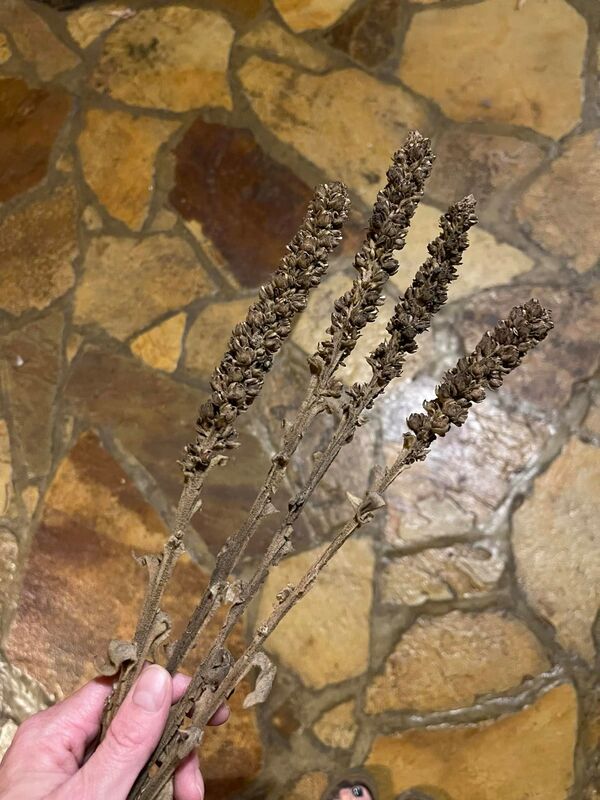
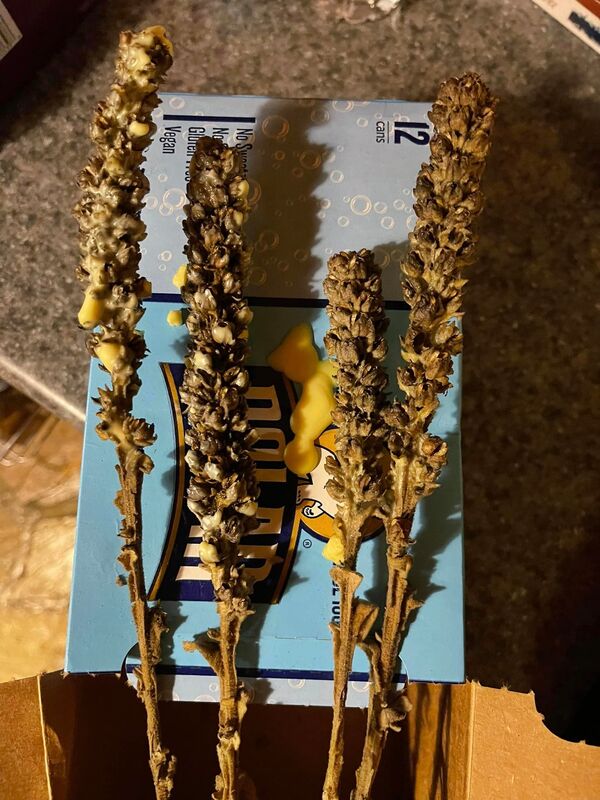
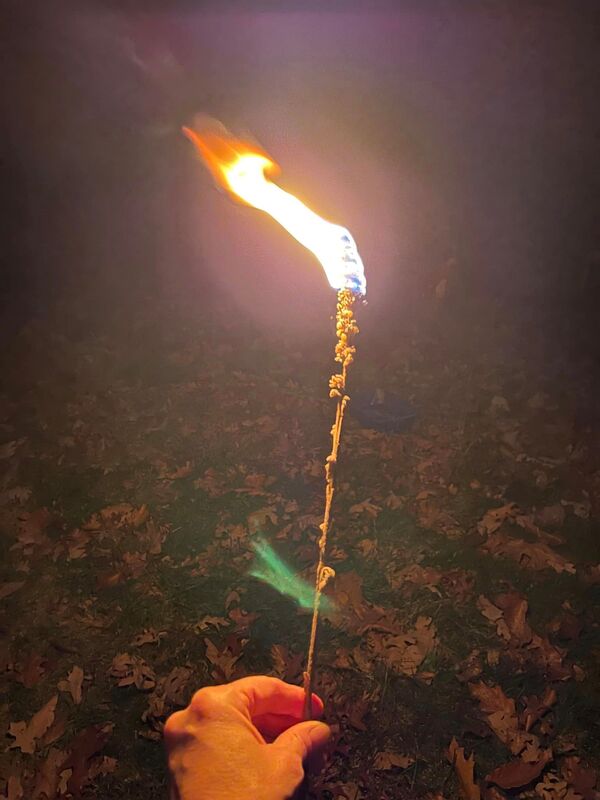
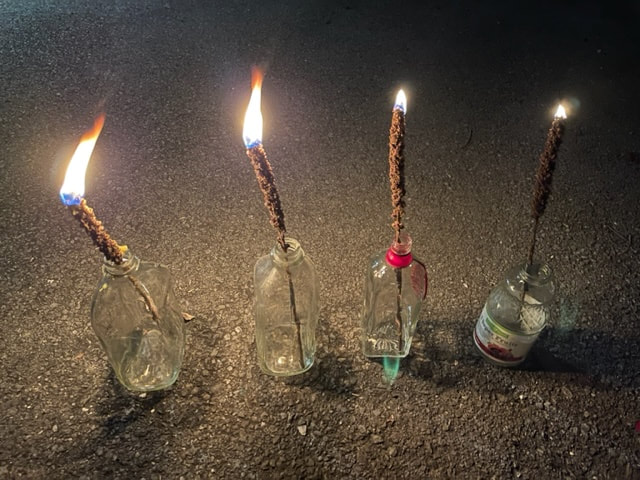
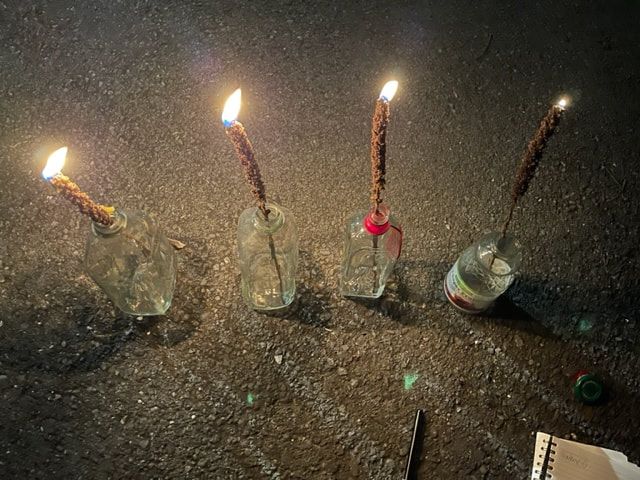
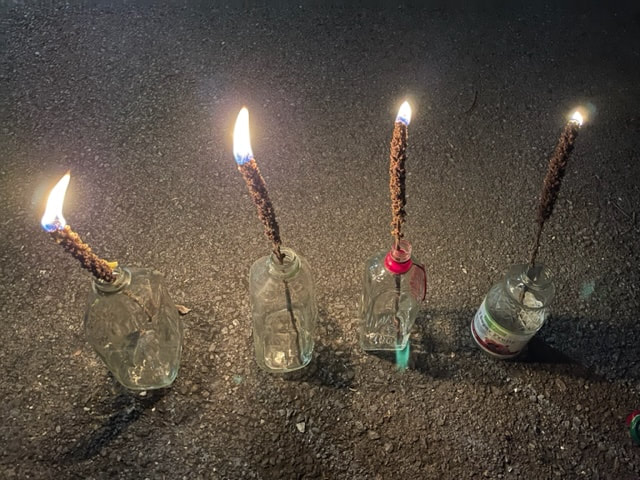
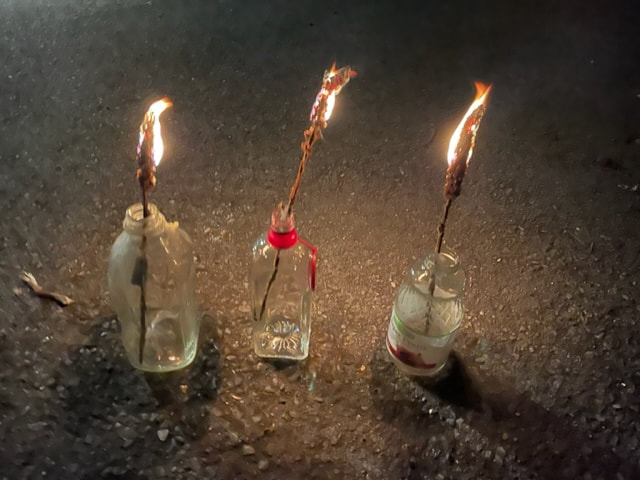
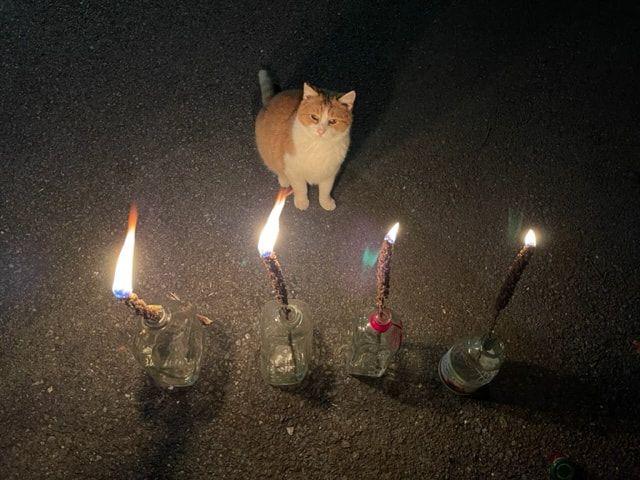
 RSS Feed
RSS Feed